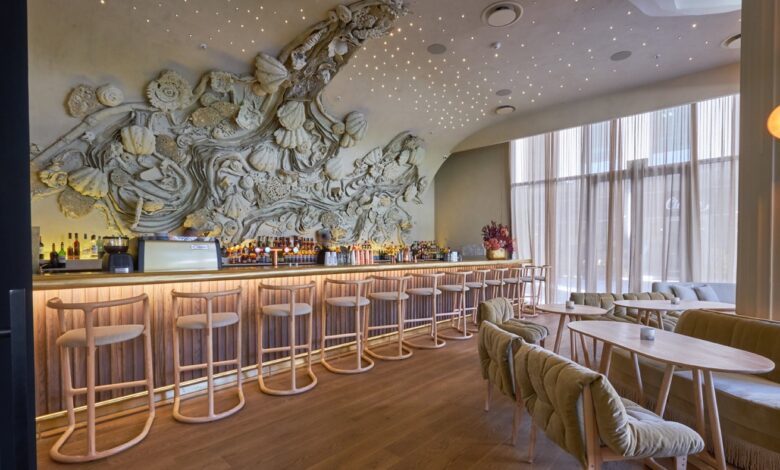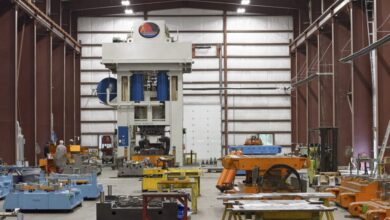How to Choose Durable Fabric for Hotels, Restaurants, and High-Traffic Spaces

The environment and furniture configuration are the most important factors customers consider when selecting a hotel. For many high-traffic venues such as hotels and restaurants, the environment and supporting facilities often shape guests’ first impressions.
If the hotel lobby appears worn and shabby, and the restaurant booths show faded upholstery from wear and tear…These factors will directly impact hotels’ and restaurants’ customer experience and reviews. Therefore, selecting durable materials for commercial settings such as hotels has become an essential skill for interior designers and furniture manufacturers.
Why High-Traffic Spaces Require Special Attention to Fabric Durability
High-traffic environments demand textiles that are far more durable than what’s needed for an ordinary home. As we all know, restaurant seating can be used dozens of times by different guests in a single night. This means that the restaurant’s furniture must maintain its aesthetic appeal even under such high-intensity use.
In the face of this situation, hotels often use wholesale upholstery fabric to outfit lobbies and lounges. It ensures the seating can handle constant use while still looking polished. This choice preserves the chair’s aesthetic appeal and helps reduce hotels’ overall operating costs.
Is durability the only thing that matters for upholstery in commercial settings? Not at all. In fact, they have even stricter requirements for fabrics–abrasion resistance, flame retardancy, easy cleaning, and long-term color stability.
Core Testing Standards for Durable Fabrics
When choosing a fabric, feel or thickness alone isn’t enough to determine durability. Commercial spaces in the United States and Europe typically reference a series of international standards to ensure fabrics are suitable for high-intensity use.
Rub Count
Common testing methods include the Martindale and Wyzenbeek tests. They simulate friction until the fabric shows signs of damage. The higher the value, the stronger the wear resistance. But it should be noted that wear resistance is only one of the indicators, and it cannot represent the overall quality alone.
ACT/ASTM Related Indicators
Pilling tests, tear strength tests, seam slippage tests…These test metrics determine whether textiles will develop quality issues quickly during actual use. Beyond these tests, colorfastness is also a key consideration for hotels and restaurants when selecting furniture.
Key Requirements in High-Traffic Spaces
Hotel
The hotel lobby is the first space guests encounter, so fabrics must be both high-quality and sufficiently durable. When selecting curtains and soft furnishings fabrics, it is essential to balance overall aesthetics with functionality. Hotels sourcing through curtain fabric wholesale suppliers are able to maintain consistent color palettes across hundreds of rooms.
Restaurants
In restaurants, fabrics must be stain-resistant, oil-resistant, and easy to clean. Fabrics must not only withstand the test of coffee, red wine, and oil stains, but also maintain the overall ambiance. Beyond this, European restaurants often emphasize the acoustic quality of their spaces, making sound-absorbing curtain fabrics and wall coverings increasingly popular.
Theater and Event Space
Theater curtains and seat upholstery fabrics face higher standards. They require high flame retardancy to meet safety requirements. In addition, some large theaters in the United States require suppliers to provide detailed colorfastness data when selecting fabrics. This approach ensures that the theater maintains its visual appeal even after years of use.
Industry Trends and Future Directions
Hotels and restaurants no longer settle for mere durability when selecting fabrics. They began to focus on other properties of the material. Just as some boutique hotels and restaurants prioritize sustainable furniture materials.
What Fabric Features Are Most Valued in Hotels and Other High-Traffic Spaces?
The market demand for antibacterial fabrics has increased significantly in the United States and Europe. Restaurants are particularly concerned about oil-proof, stain-proof, and waterproof functions, while hotels pay more attention to materials that are both flame-retardant and environmentally friendly.
Overall, sustainable fabrics, such as recycled polyester and environmentally friendly dyeing processes, have gradually been adopted by more hotels and high-end venues.
Preferences in Material Functionality Selection Across Countries
Across different countries, hotels and restaurants exhibit distinct differences in their selection of functional fabrics. The U.S. market places greater emphasis on practicality and maintenance efficiency. Many hotels and restaurants prefer fabrics with stain-resistant, waterproof, and antimicrobial properties. This type of material is characterized by its ability to reduce cleaning frequency, thereby better addressing the daily challenges posed by food residue.
It is worth noting that projects in the United States typically adhere strictly to the Wyzenbeek abrasion test and NFPA 701 flame-retardant standards.
In Europe, particularly in Western European countries, the selection of functional fabrics places greater emphasis on sustainability and spatial comfort. In recent years, an increasing number of hotels have begun adopting fabrics made from recycled fibers or eco-friendly dyeing processes, striving to reduce environmental impact while maintaining durability.
Many European restaurants and boutique hotels also pay special attention to acoustic effects, using sound-absorbing curtains or wall fabrics to create a quiet dining atmosphere. At the regulatory level, European projects typically reference the Martindale abrasion test and the BS 5867 flame retardancy standard.
Common Mistakes Made by Beginners
Many people mistakenly believe that a higher Rub Count value means the fabric is more durable. In fact, professionals in the industry also examine the seam strength or pilling resistance of materials. Some beginners also believe that thicker fabrics are more durable. However, excessively thick fabric may cause concentrated pressure at the seam, which can actually shorten its lifespan.
These are common misconceptions among beginners. When I was a beginner, I also believed that more protective coatings were better. But this is also a misconception–excessive protective coatings may compromise the fabric’s breathability and softness.
Future Trends in Material Selection for High-Traffic Spaces Like Hotels
For high-traffic spaces such as hotels, the choice of furniture materials must meet many requirements–on the one hand, it must meet high-frequency usage and safety requirements. On the other hand, it must also consider cost and guest experience. Future hotels and restaurants will increasingly favor modular, washable fabric systems. This makes replacement and cleaning easier.




